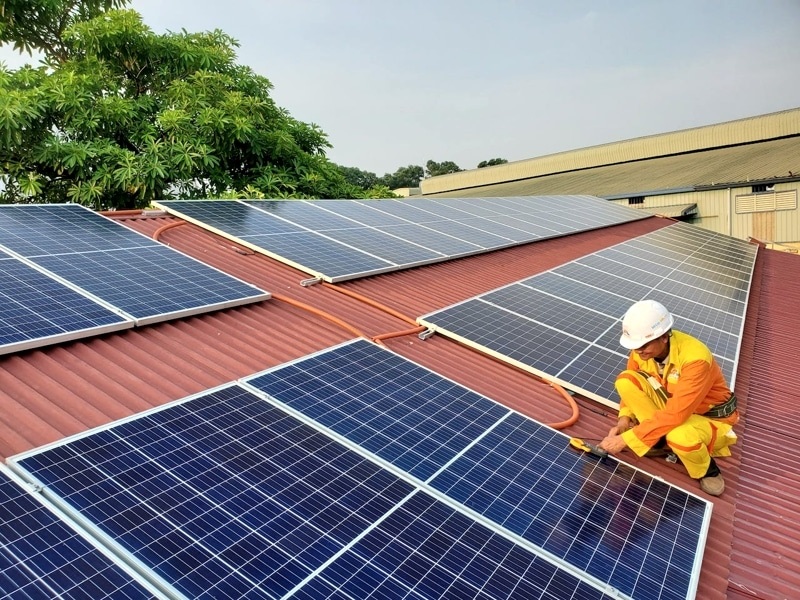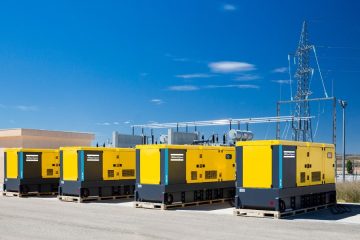Exploring the Benefits of Community Solar Projects on Home Energy Costs

Community solar projects have been gaining popularity as a sustainable solution to reduce energy costs and promote renewable energy sources. These projects allow multiple households to share the benefits of a solar energy system installed in a centralized location, such as a solar farm or a community rooftop, without the need for individual rooftop installations. One of the significant impacts of community solar projects is their ability to lower home energy costs for participants while also benefiting the environment.
How Community Solar Projects Work
Community solar projects operate on a simple premise residents or businesses can subscribe to a portion of the energy generated by the shared solar system. This allows participants to receive credits on their electricity bills based on their share of the energy production. By leveraging economies of scale and optimal sunlight exposure, community solar projects can often generate electricity more efficiently and cost-effectively compared to individual rooftop solar installations.
Impact on Home Energy Costs
One of the key benefits of community solar projects is their impact on reducing home energy costs for participants. By subscribing to a community solar project, residents can benefit from solar energy without the need to invest in expensive rooftop solar panels or maintain them. This can result in immediate savings on electricity bills, making renewable energy more accessible and affordable for a wider range of homeowners.
Additionally, community solar projects often offer fixed or discounted electricity rates, providing participants with more stable and predictable energy costs compared to traditional utility rates that can fluctuate based on market conditions. This can help households better manage their budgets and reduce the financial burden of rising energy prices.
Environmental Benefits
Aside from the economic advantages, community solar projects also have a positive impact on the environment. By generating electricity from renewable sources like solar power, these projects help reduce carbon emissions and dependence on fossil fuels, contributing to a cleaner and more sustainable energy future. This aligns with global efforts to combat climate change and promote a greener energy grid.
Community Engagement and Social Impact
Community solar projects not only benefit individual participants but also foster a sense of community engagement and collaboration. By coming together to support a shared solar initiative, residents can build stronger community ties, promote environmental stewardship, and create a more resilient and sustainable local energy infrastructure. These projects can also provide educational opportunities for community members to learn about renewable energy and energy efficiency.
In conclusion, community solar projects offer a promising solution to reduce home energy costs, promote renewable energy adoption, and support environmental sustainability. By enabling households to access solar energy benefits without the need for rooftop installations, these projects make clean energy more inclusive and affordable. With their positive impact on both individual participants and the broader community, community solar projects represent a significant step towards a cleaner and more sustainable energy future.
















